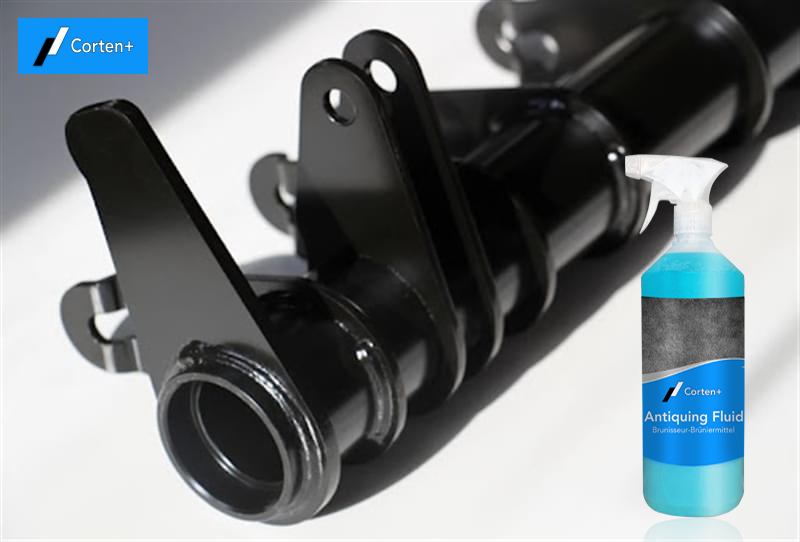Why do metals burnish?
Metal burnishing is a surface treatment process aimed at improving the aesthetic and functional properties of metal parts. This process is often used to reduce light reflection, minimize distracting glare, improve corrosion resistance, and increase the wear resistance of metal surfaces. The main objective of burnishing is to obtain a protective oxide layer on the surface of the metal, usually in the form of a thin layer of black oxide. This layer provides protection against corrosion while giving the part an aesthetically pleasing finish. Additionally, burnishing can also help improve lubrication of parts, thereby reducing friction and wear. This surface treatment is commonly used in various industries, including automotive, aerospace, and tool manufacturing, where durability, corrosion resistance, and visual appearance of metal components are of great importance .
How to successfully burnish your metals?

To successfully burnish your metals by following the steps mentioned, it is essential to follow a precise procedure. First, start by degreasing the metal surface using a suitable degreaser to remove any traces of oil or grease. Make sure the surface is completely clean before moving on to the next step.
After degreasing, allow the metal support to dry completely. This step is crucial because residual moisture can compromise the browning result. A dry support guarantees optimal adhesion of the burnisher to the surface.
Shake the browning product vigorously before application to ensure even distribution of the components. Make sure that no deposits remain at the bottom of the container, which could affect the quality of the browning. Even mixing is essential to achieve consistent results across the entire surface.
Finally, apply the antiquing Fluid using a foam roller or brush. Be sure to apply an even coat over the entire surface to avoid variations in color or texture. Choose the application tool based on the size and complexity of the metal part.
After application, follow the specific instructions for the burnisher you are using regarding waiting time. Some burnishers require a specific reaction time to develop the protective oxide layer. Once the time is up, be sure to rinse the part well to remove any chemical residue, then allow it to dry completely.
By following these steps, you will maximize the chances of successfully burnishing your metals, thus obtaining an aesthetically pleasing finish and increased protection against corrosion.
What are the advantages of browning?
Metal burnishing offers several significant benefits, which explains its widespread use in various industries. First, burnishing significantly improves the aesthetics of metal parts by creating a surface with a uniform and often attractive appearance. This aesthetic finish is particularly appreciated in fields such as firearms manufacturing, watchmaking, the automotive industry and other sectors where the visual appearance of products is essential.
A key benefit of burnishing is its ability to enhance the corrosion resistance of metals. By forming a protective oxide layer on the surface, burnishing acts as an effective barrier against moisture, air and other corrosive agents. This increases the durability of metal parts and extends their lifespan, which is particularly beneficial for components exposed to harsh outdoor environments.
In addition to its role in protecting against corrosion, burnishing can also improve the wear resistance of metal surfaces. By forming a hard, adherent oxide layer, burnishing reduces friction between metal parts, thereby minimizing wear and extending the operational life of components.
Another advantage of burnishing is its relatively simple application, making it an economical and accessible method of surface treatment. Additionally, burnishing can be carried out hot or cold, providing flexibility in the choice of method depending on the specific requirements of the material being processed.
In summary, burnishing has considerable aesthetic, protective and functional benefits, making it an attractive option for many metallurgical applications.
